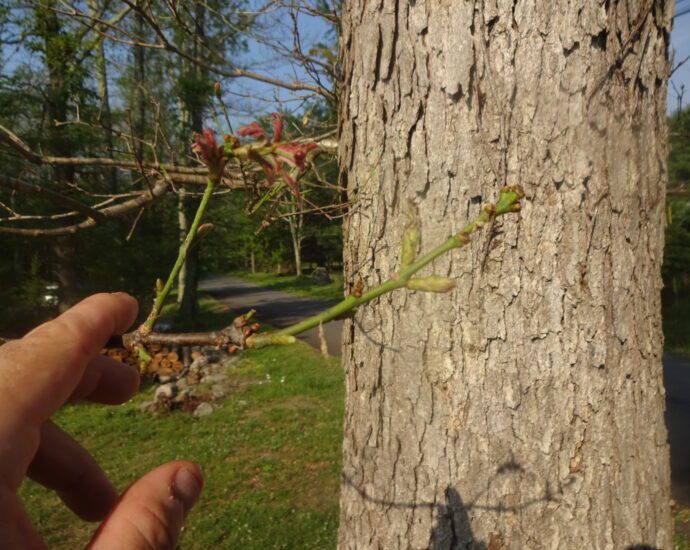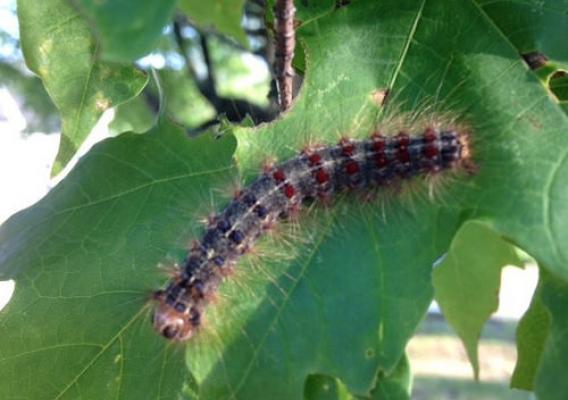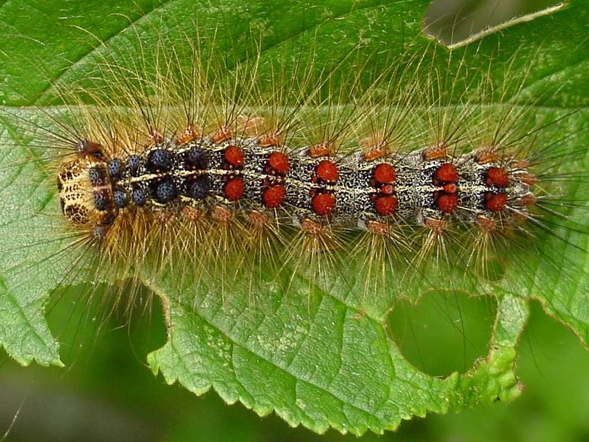Train Ride
WHAT’S GOING ON IN THE FOREST? Not really the best photo, but it’s difficult to get a good one when the train is moving. I had to go down to NYC for an appointment recently; First time in over a decade! My favorite part about going to Manhattan is theContinue Reading







